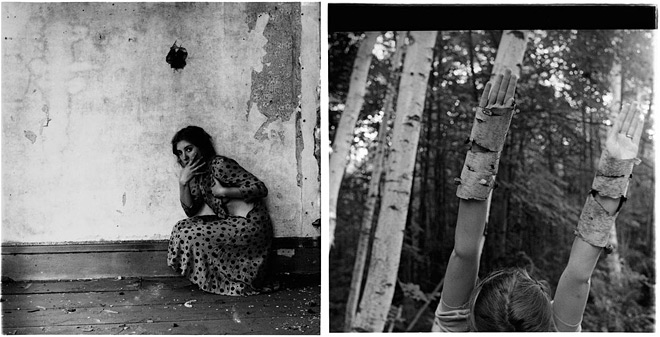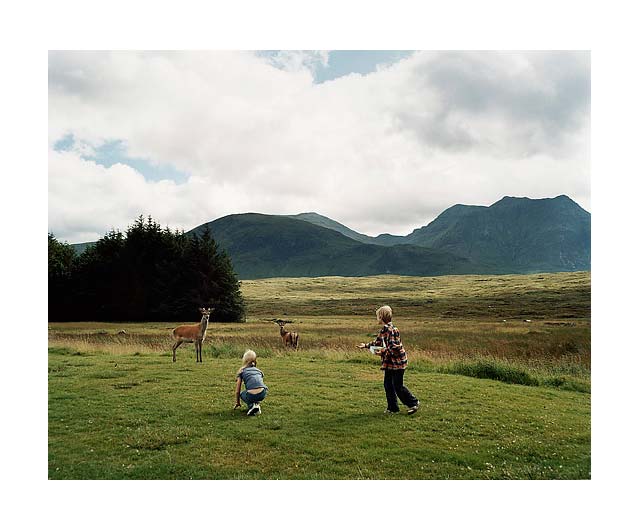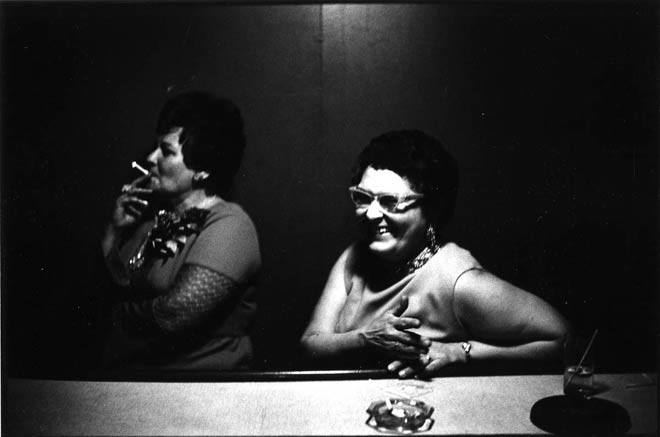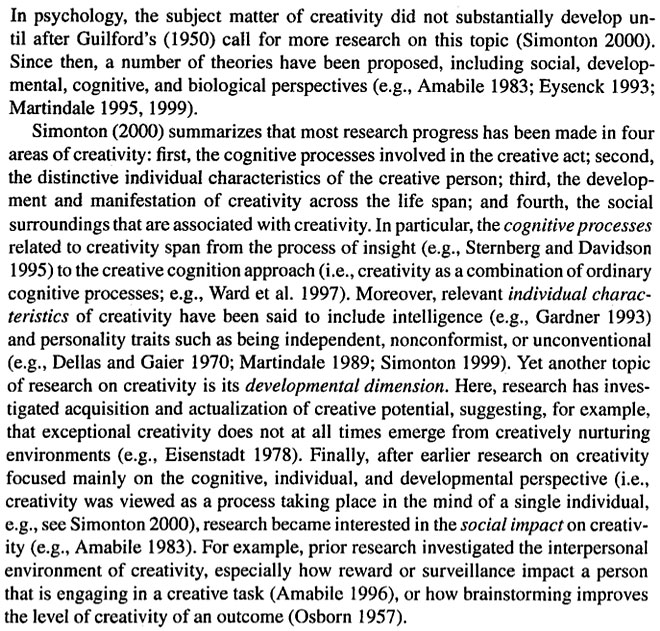photogs
I wonder did he know me in the box I could see his face he couldn’t see mine of course

{ NY Times | full story + slideshow | Francesca Woodman, through June 13 at the Guggenheim Museum | Francesca Woodman committed suicide at the age of 22. | Wikipedia }
Forever and ever and ever

The basic idea is to replace the notion of infinity with a new number that Sergeyev calls grossone, which he writes like this:
➀
photo { Carissa Pelleteri }
‘Everyone winds up kissing the wrong person goodnight.’ –Andy Warhol

A team of researchers that includes a USC scientist has methodically demonstrated that a face’s features or constituents – more than the face per se – are the key to recognizing a person.
Their study, which goes against the common belief that brains process faces “holistically,” appears this month in Psychological Science.
In addition to shedding light on the way the brain functions, these results may help scientists understand rare facial recognition disorders.
photo { Thomas Prior }
‘Our mind is determined to wish this or that by a cause, which has also been determined by another cause, and this last by another cause, and so on to infinity.’ –Spinoza

Is it important to society that the public believes in free will even if learned scientists and philosophers do not?
photo { Emma Hardy }
‘A camera is an instrument that teaches people how to see without a camera.’ –Dorothea Lange

On March 14, 1932, Eastman died by suicide with a single gunshot to the heart, leaving a note which read, “To my friends: my work is done. Why wait?”
photo { Gregory Crewdson }
I can change / I can change / I can change / If it makes you fall in love

Anderson contends that the past 20 years have seen a total stagnation in the production of new cultural aesthetics. In other words, the end of the 50s looked nothing like the end of the 70s, but 1989 looks remarkably similar to 2009.
photo { Kathy Lo }
And its streamlike structure as her inner discourse flows from one subject to another, with an emphasis on her love for

More and more, I read in pieces. So do you. Digital media, in all its forms, is fragmentary.
photo { Beth Hoeckel }
And then what after supper? Music? Whispers?

Microwave Massacre is a 1983 dark comedy/horror film directed by Wayne Berwick. (…)
After coming home drunk one night and getting into an argument with his wife May, Donald loses his temper and bludgeons her to death with a large pepper grinder. He wakes up the next day with a bad hangover, no memory of the night before, and a growling stomach. He discovers May’s corpse in the microwave and after the initial wave of horror passes, he starts to take it in stride, telling his co-workers that he and May separated. After work, he cuts up May’s body and stores it in foil wrap in the fridge.
Looking for a midnight snack one night, Donald unintentionally takes a few bites of May’s hand, and after the initial wave of horror passes, he realizes it’s the best thing he’s ever eaten. He even brings some to work with him and shares it with Phillip and Roosevelt, who concur. He soon starts picking up hookers and using them for meat in his recipes. (…)
Donald’s lunches continue to be a hit with his friends, and he decides to cater an outing to a wrestling match with a new recipe he calls “Peking chick.” When Roosevelt and Phillip show up to pick up Donald, they discover him dead on the floor of a heart attack, and some body parts in the microwave. They leave in horror and disgust, realizing what Donald had been serving them.
photo { Glenn Glasser }
The aged sisters draw us into life: we wail, batten, sport, clip, clasp, sunder, dwindle, die: over us dead they bend.

{ John Banasiak }
Strobe lights make everything sexy, yeah

What can make camping even more enjoyable? Self-cleaning clothes. And I don’t mean jumping into the river with your clothes on, but simply just leaving them out in the sun. At least, that’s what we may be able to do one day with the self-cleaning cotton developed by Chinese researchers. (…)
The team evaluated the self-cleaning properties of the new cotton fibres based on the removal of methyl orange, a dye commonly used in textiles. The dye breaks down with exposure to visible light by a process known as photocatalytic degradation. With just two hours of exposure to visible light, about 70% of the dye was removed from the cotton fibres.
photo { Coley Brown }
Another slice of bread and butter: three, four: right. She didn’t like her plate full.

Many of us cling to the notion that memory is a reliable record and trawling through it can be similar to flipping through an old photo album. But what about the memories - sometimes vivid in nature - of things that never were?
Examining the false stories that we can create for ourselves is the aim of a new initiative led by artist Alasdair Hopwood. As part of a residency at the Anomalistic Psychology Research Unit led by Chris French at Goldsmiths College, University of London, Hopwood aims to explore what false memories reveal about our sense of identity.
To do this, he has created the False Memory Archive, a collection of people’s fabricated recollections either jotted down after talks he has given or submitted online at the project’s website. (…)
For Hopwood, examining the ways we deceive ourselves through memory is perhaps a natural progression. He has worked with fellow artists as part of the WITH Collective on projects that expose and poke fun at the many ways we style our public selves. “Identity is not fixed,” he says. Instead, it shifts depending on the company we are in, and even the format of the interaction - be it social media or in person. We’re extraordinarily preoccupied with sculpting our identities, as the glut of self-help books and pseudoscientific methods for personal development demonstrates.
photo { Dennis Lan }













